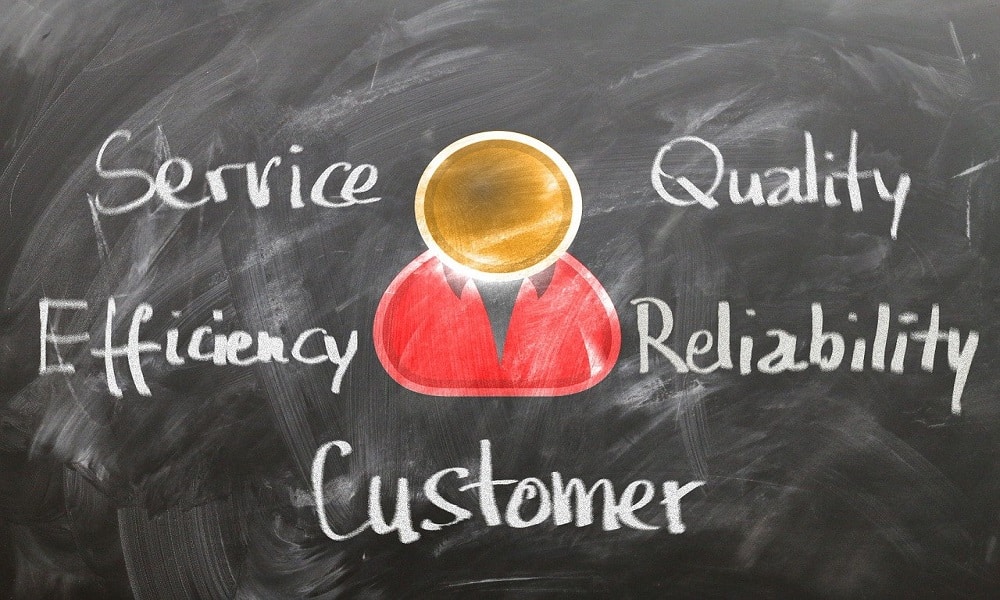In today’s competitive business landscape, acquiring new customers is only half the battle. The real challenge—and opportunity—lies in transforming one-time buyers into loyal advocates who will stick with your brand for years to come.
Customer loyalty isn’t just about repeat purchases; it’s about creating meaningful relationships that drive sustainable business growth. This comprehensive guide explores proven strategies to build and maintain customer loyalty that will contribute to your organization’s long-term success.
Understanding the Foundation of Customer Loyalty
At its core, customer loyalty stems from consistently delivering value that exceeds expectations. Modern consumers are more discerning than ever, seeking authentic connections with brands that align with their values and meet their needs.
Before implementing specific loyalty-building tactics, businesses must understand that loyalty is earned through a combination of quality products, exceptional service, and meaningful engagement.
Creating a Superior Customer Experience
The journey to customer loyalty begins with delivering an outstanding customer experience across all touchpoints. This means ensuring every interaction, whether in-person or digital, is seamless and positive. Train your staff to handle customer inquiries with empathy and efficiency, and invest in user-friendly digital platforms that make it easy for customers to engage with your brand.
Remember that customers often remember how you made them feel long after they’ve forgotten what you said or sold.
Personalization for Deeper Connections
Today’s technology enables businesses to gather and analyze customer data to provide personalized experiences. Use this capability wisely to tailor communications, recommendations, and offers to individual preferences.
When customers feel understood and valued, they’re more likely to develop an emotional connection with your brand. Consider implementing a customer relationship management (CRM) system to track interactions and preferences, enabling more meaningful engagement.
Implementing Effective Loyalty Programs
One of the most direct ways to encourage repeat business is through well-designed loyalty programs. The elements of a tiered loyalty program can be particularly effective, as they create clear pathways for customers to progress and earn increasingly valuable rewards.
Structure your program to offer immediate benefits while incentivizing long-term engagement. Consider both transactional rewards (points, discounts) and experiential benefits (exclusive access, early product releases) to create a comprehensive value proposition.
Building Trust Through Transparency and Consistency
Trust is the foundation of any lasting relationship, including those between brands and customers. Be transparent about your business practices, pricing, and policies. When mistakes happen—and they will—address them promptly and honestly.
Consistent messaging and service quality across all channels help reinforce trust and reliability in your brand.
Leveraging Community and Social Proof
Create opportunities for customers to connect with each other and your brand through community initiatives. This might include user forums, social media groups, or in-person events. Encourage and showcase customer testimonials and reviews, as social proof remains one of the most powerful influences on consumer behavior.
When customers feel part of a community, their emotional investment in your brand increases significantly.
Investing in Employee Satisfaction
Happy employees create happy customers. Invest in your team’s training, well-being, and job satisfaction. Empower them to make decisions that benefit customers, and recognize their contributions to building customer loyalty.
When employees feel valued, they naturally become brand advocates and provide better service to customers.
Measuring and Optimizing Loyalty Initiatives
Implement key performance indicators (KPIs) to track the success of your loyalty-building efforts. Monitor metrics such as customer lifetime value, retention rates, Net Promoter Score (NPS), and engagement levels. Use this data to continuously refine your approach and identify areas for improvement.
Building customer loyalty is a long-term investment that requires dedication, consistency, and a genuine commitment to customer success. While the process may be challenging, the rewards—including increased customer lifetime value, lower acquisition costs, and organic growth through referrals—make it well worth the effort.
The key lies in viewing customer loyalty not as a destination but as an ongoing journey of improvement and adaptation to evolving customer needs and expectations.


